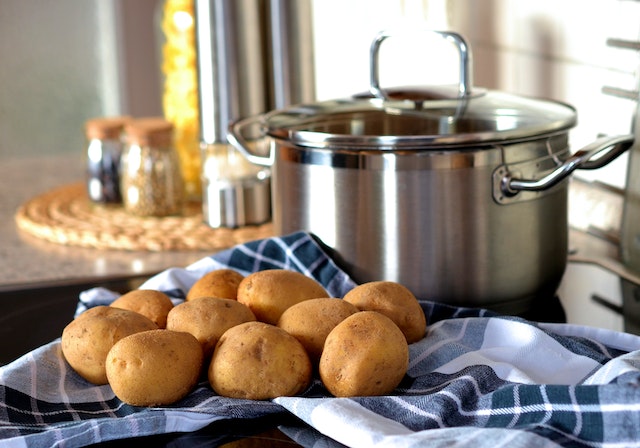Hand washing dishes is not one of the most popular activities. Some households call for a dishwasher for dirty dishes. Others, however, wash the old-fashioned way, using sponges, dish detergent, and dish towels. What tips do they have to save time, money, and health? Read below.
Beware of running water
Are you washing dishes under running water? This is a common mistake. It is a common mistake, because liters of water flow unnecessarily before the dishes are washed. And you will be displeased with your annual bill. A better solution is to fill the sink with water and plug it. Also, soak dirty dishes for a while before starting to wash them.

Tip: The correct order of washing is from least dirty to most dirty, so cups, plates, pots, and pans
Clean the sink
Wash dishes and that\’s it? Then, every time you wash the dishes, wash the sink with dish detergent as well. Otherwise, bacteria will begin to grow in the sink. Also, once a week, scrub the sink with a special sink detergent. This will remove dirt, grease, and dangerous microorganisms.
Sponges should be clean
Are you using your sponge so much that it almost breaks? This is another common mistake. Moisture and heat are the perfect environment for bacteria to continue to grow. Therefore, use a new one every week and don\’t be afraid to disinfect it with boiling water or in the microwave.

Rags
Keep a clean, dry cloth on the counter to wipe dishes. But who doesn\’t use it to wipe their hands clean of the occasional stain? It is easy for a clean dishcloth to become a dirty rag for wiping clean dishes. The solution is to hang the dishcloth and a small hand towel on two hooks in the kitchen.
Too much detergent
In trying to wash dishes as quickly and efficiently as possible, we add too much detergent. Not only does the detergent stick to the dishes and consume us, but using too much can create unsightly maps. Always follow the recommended usage on the package.